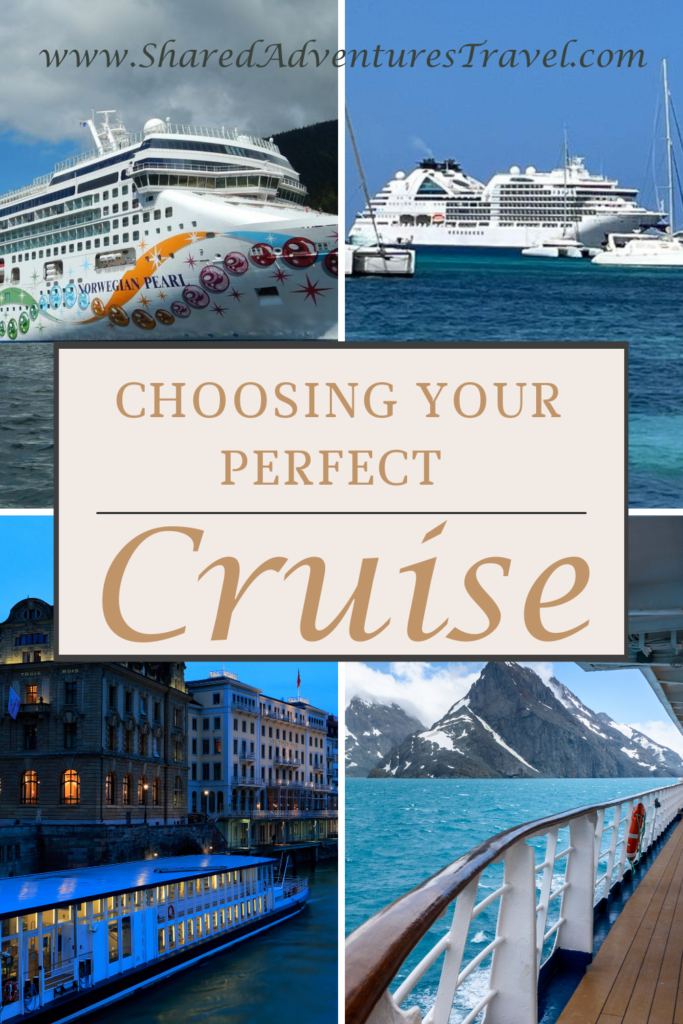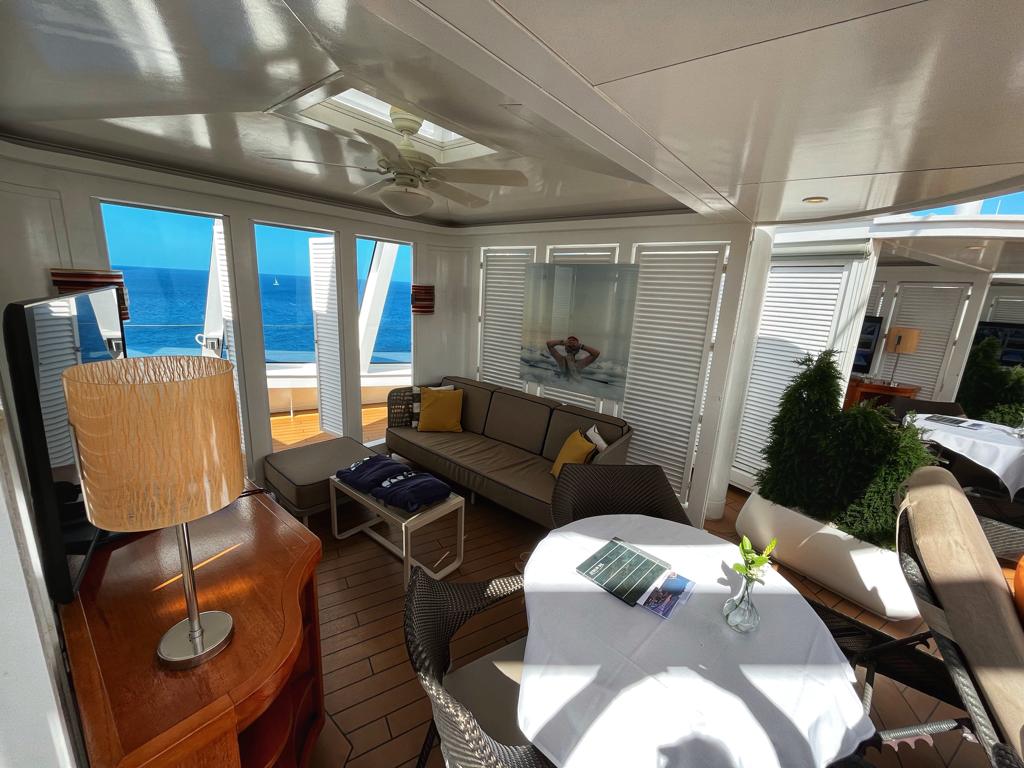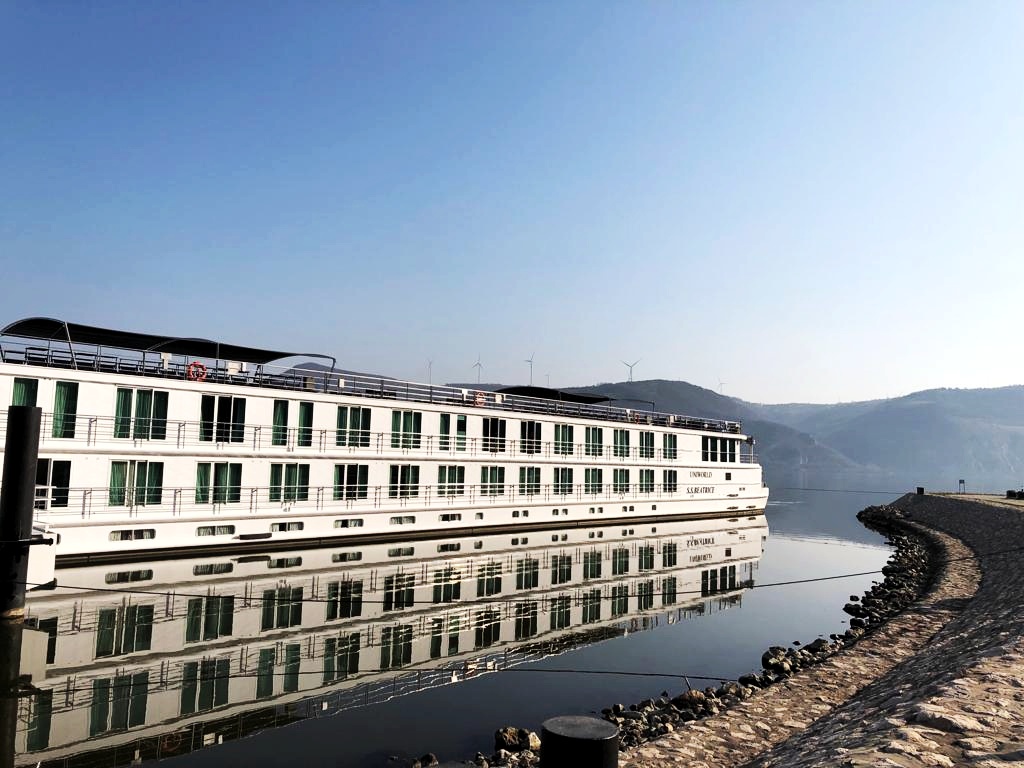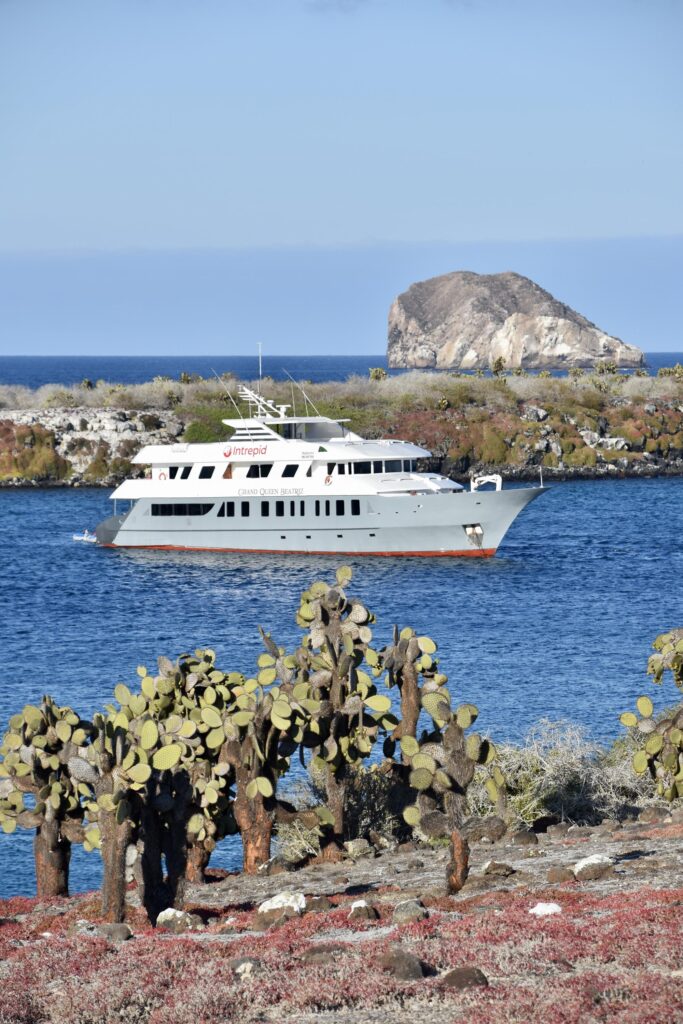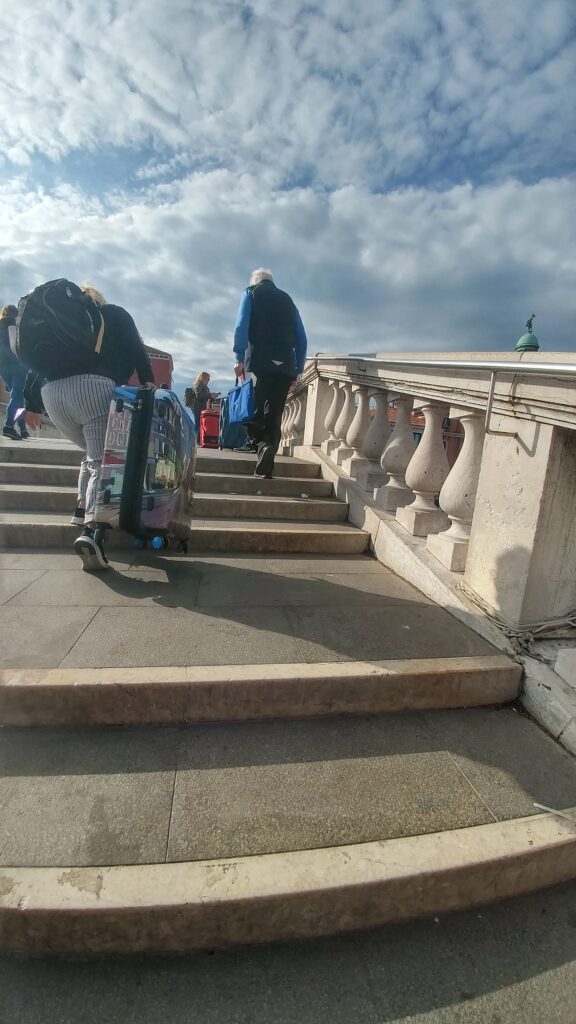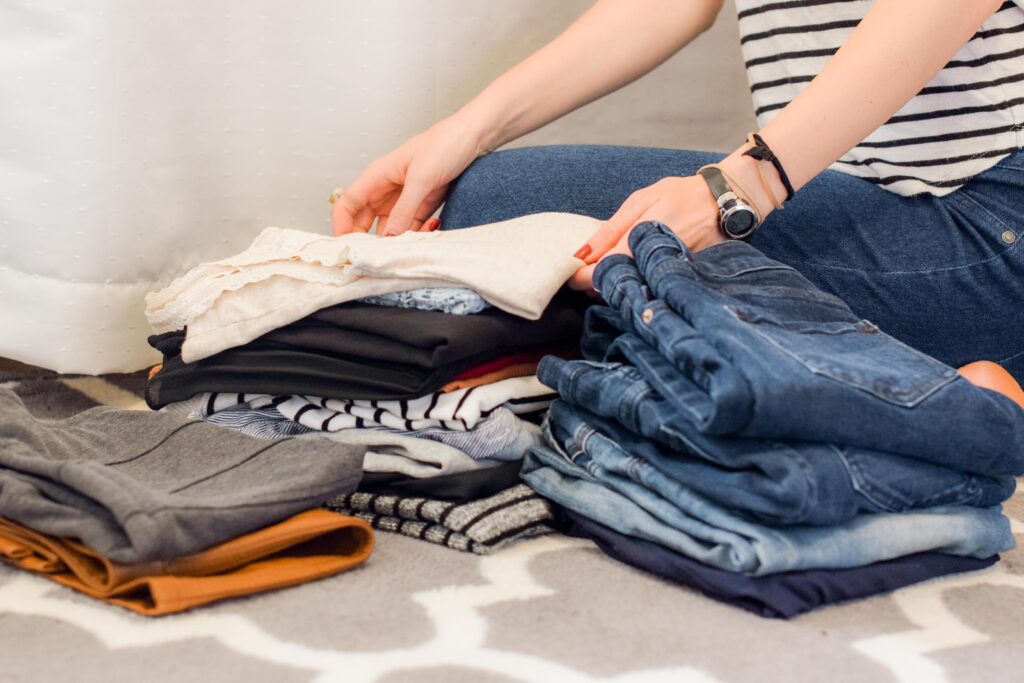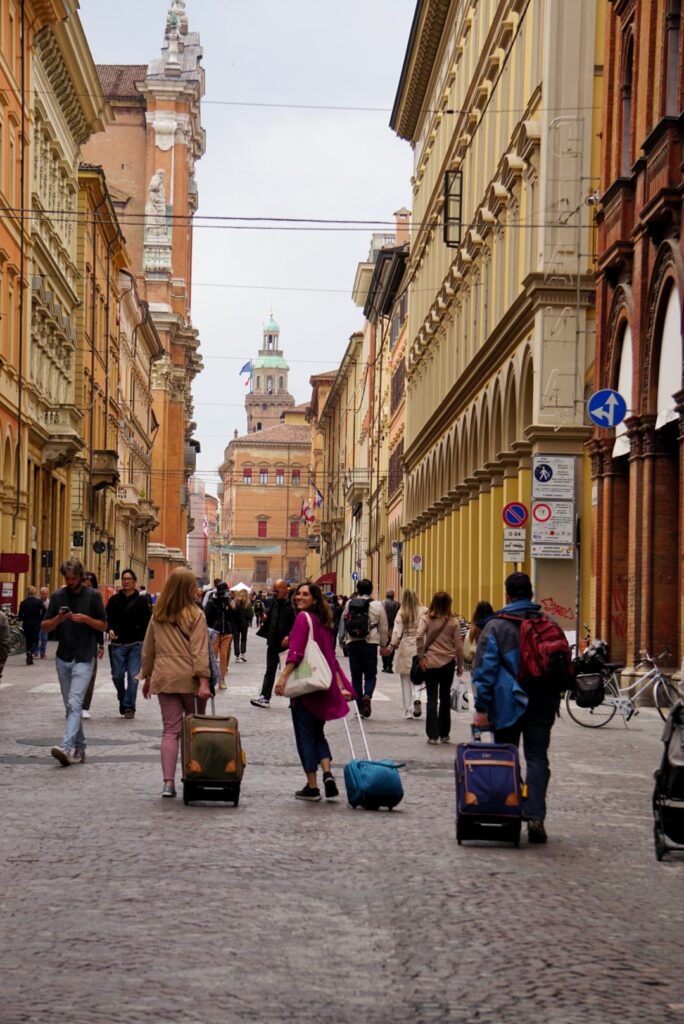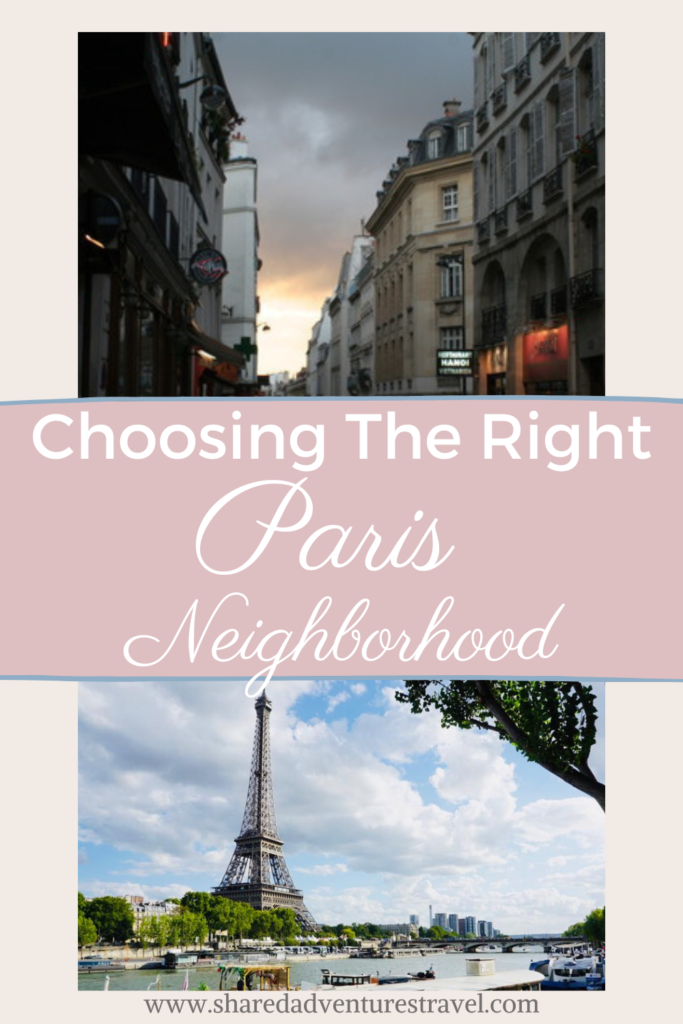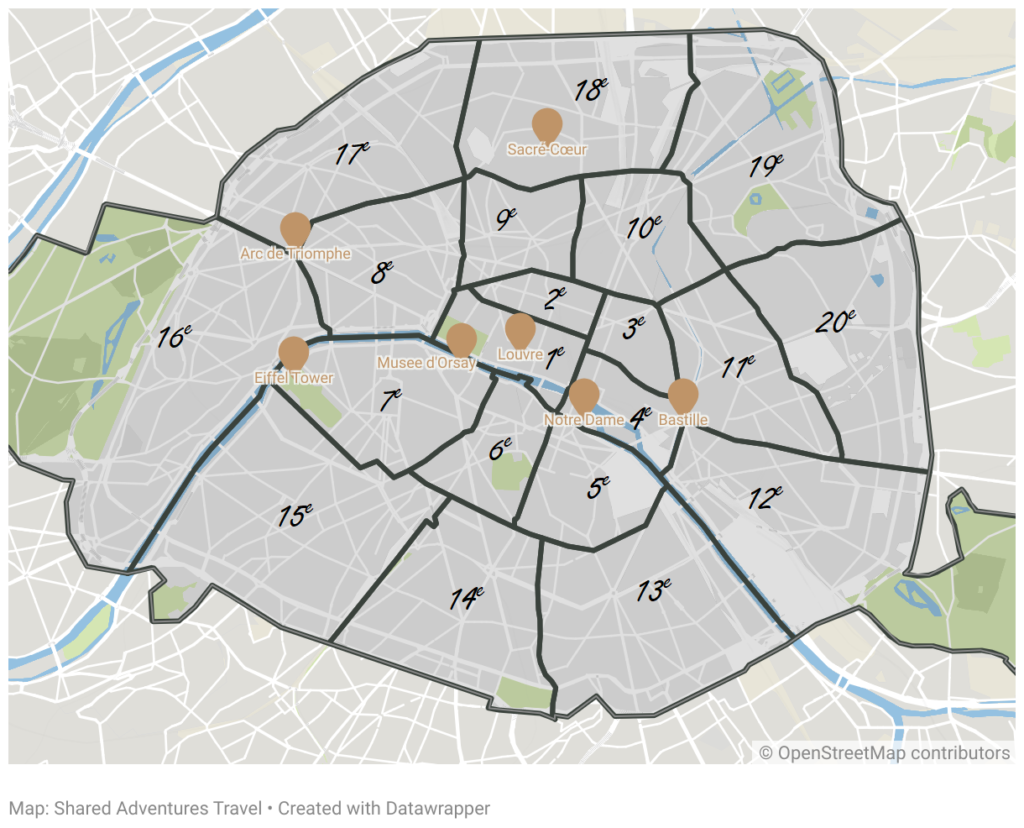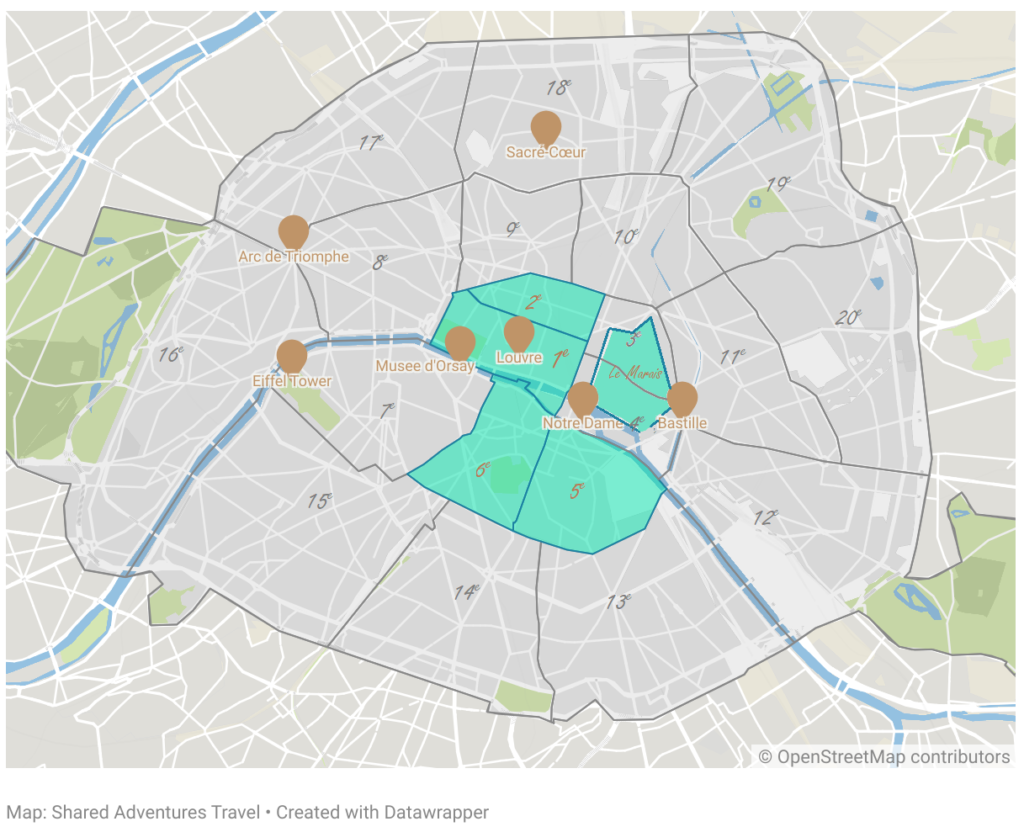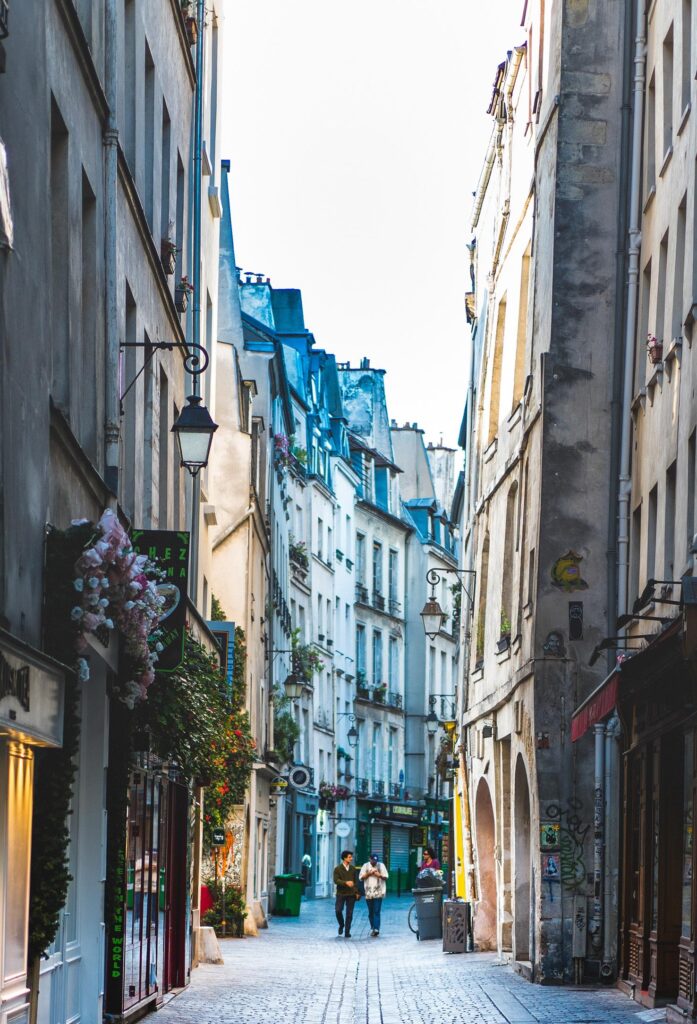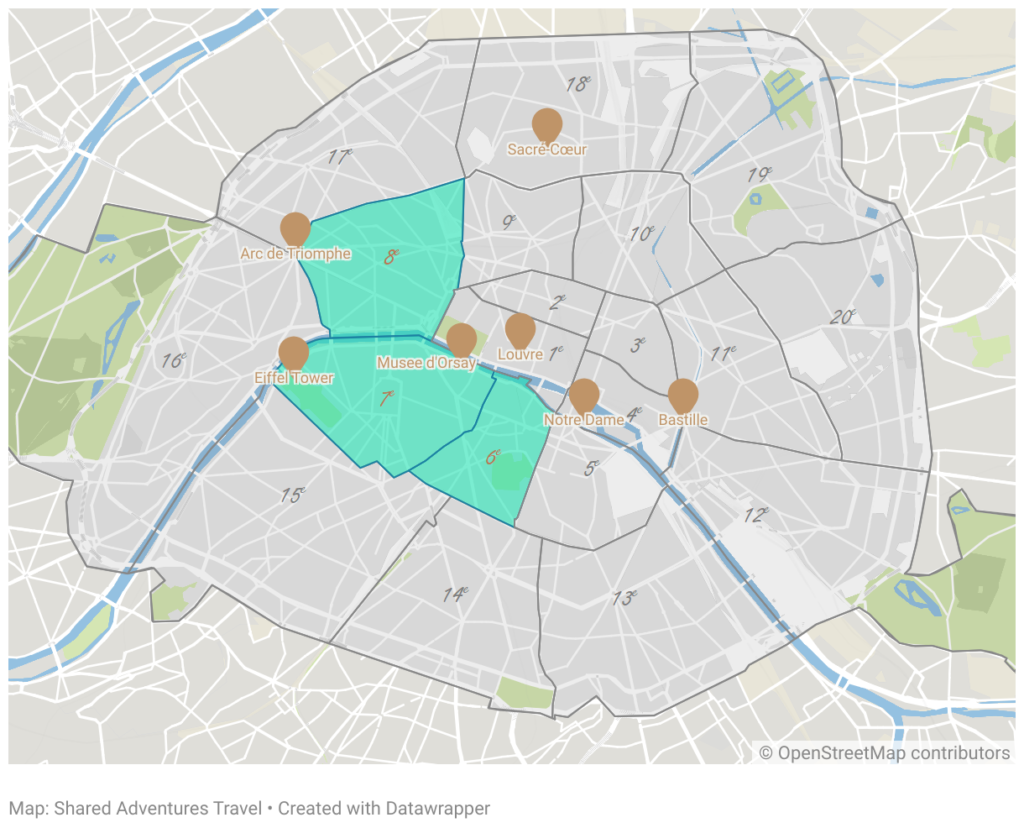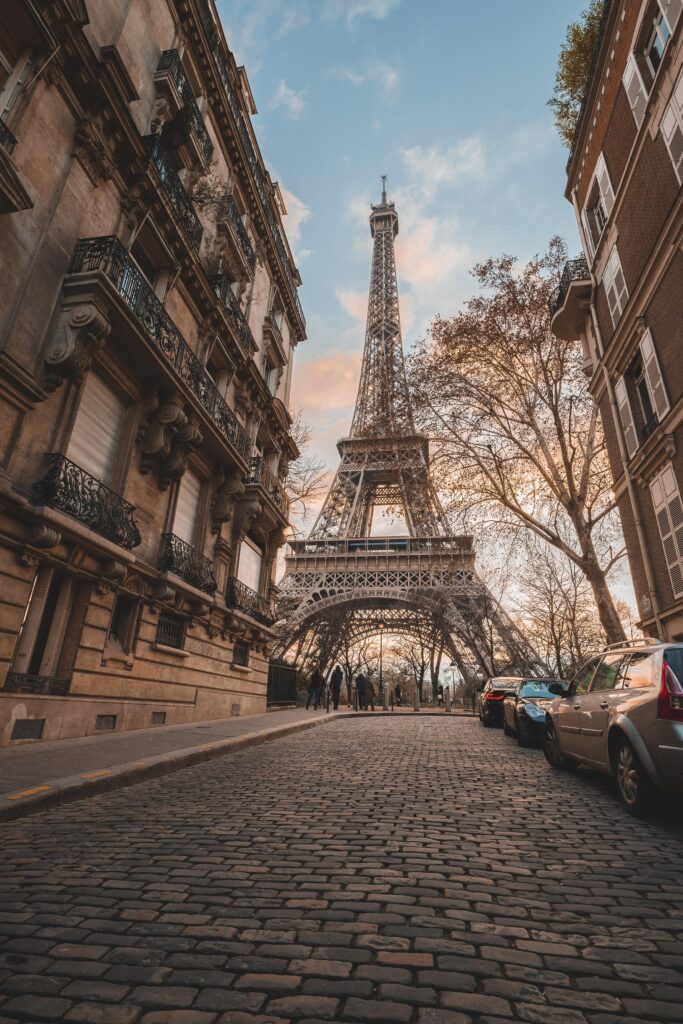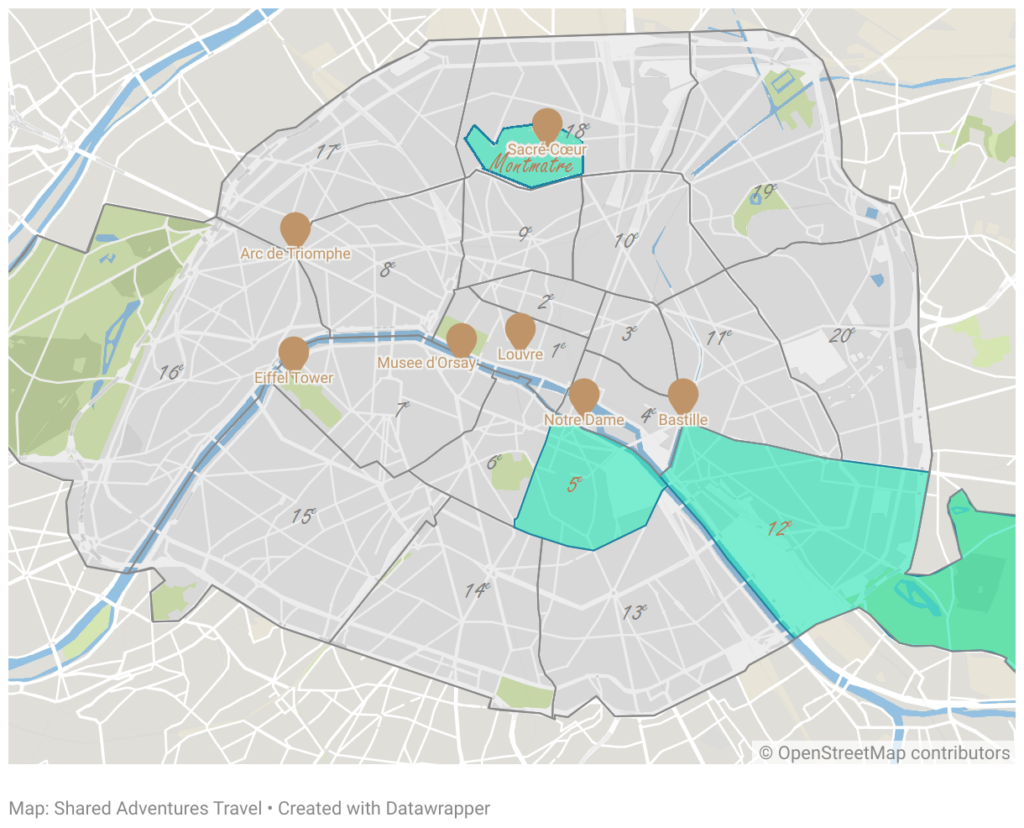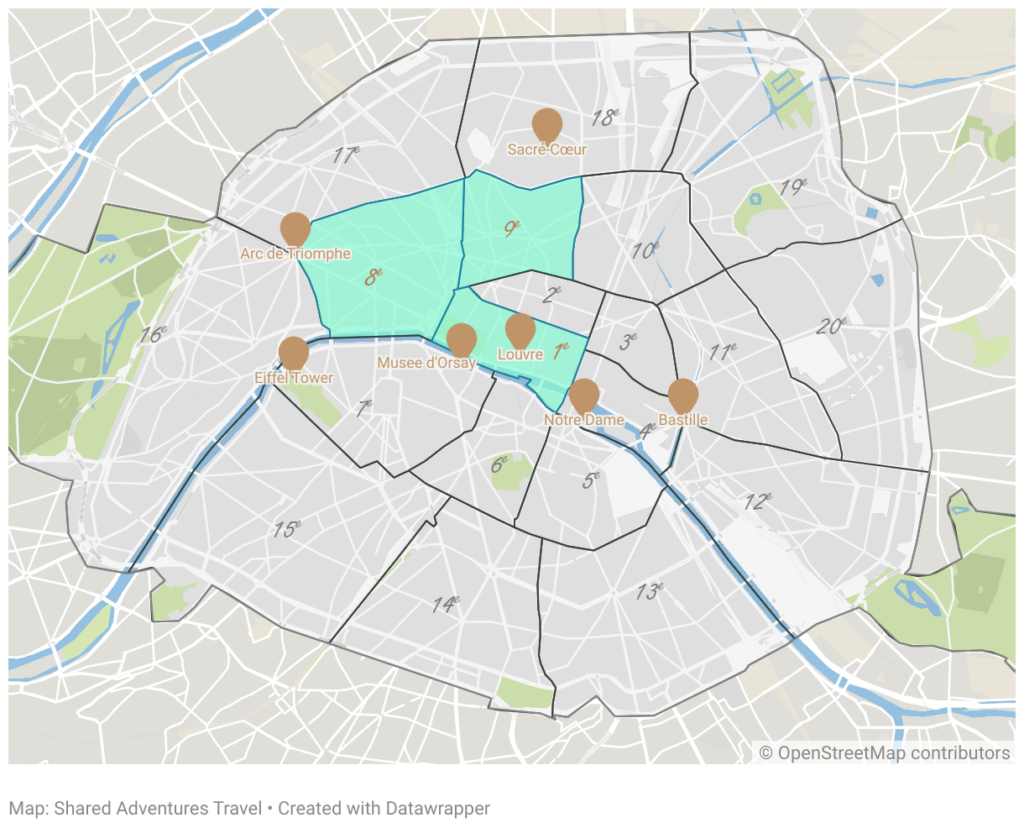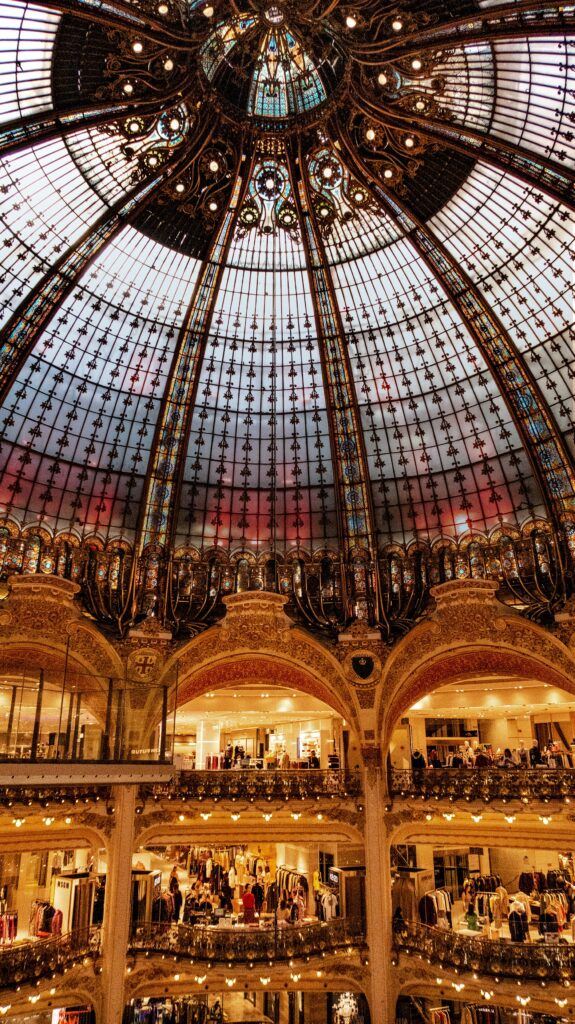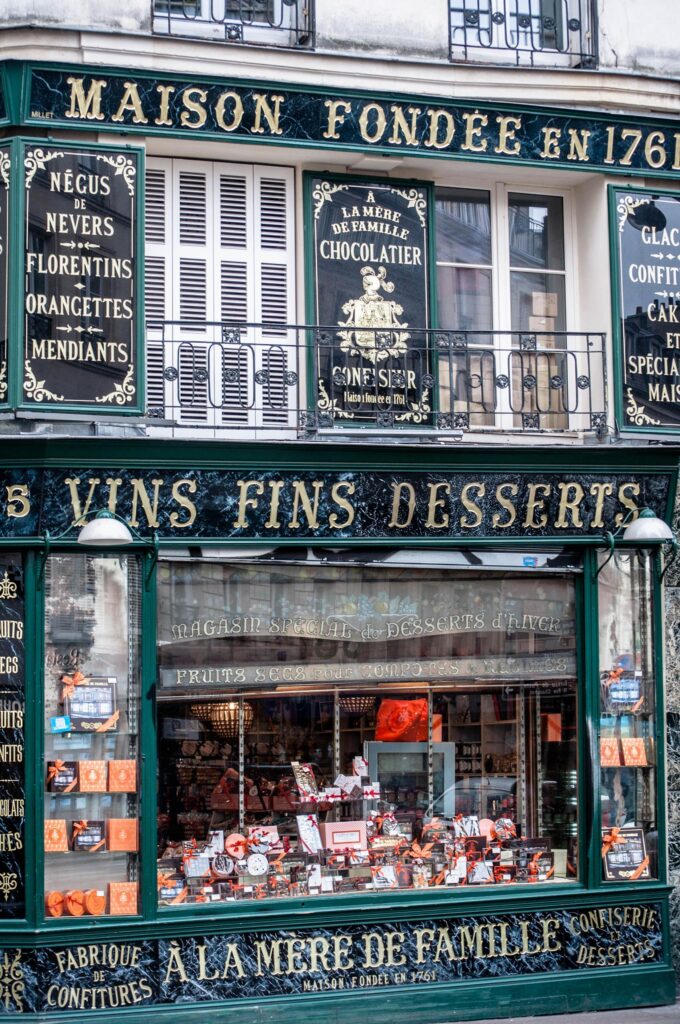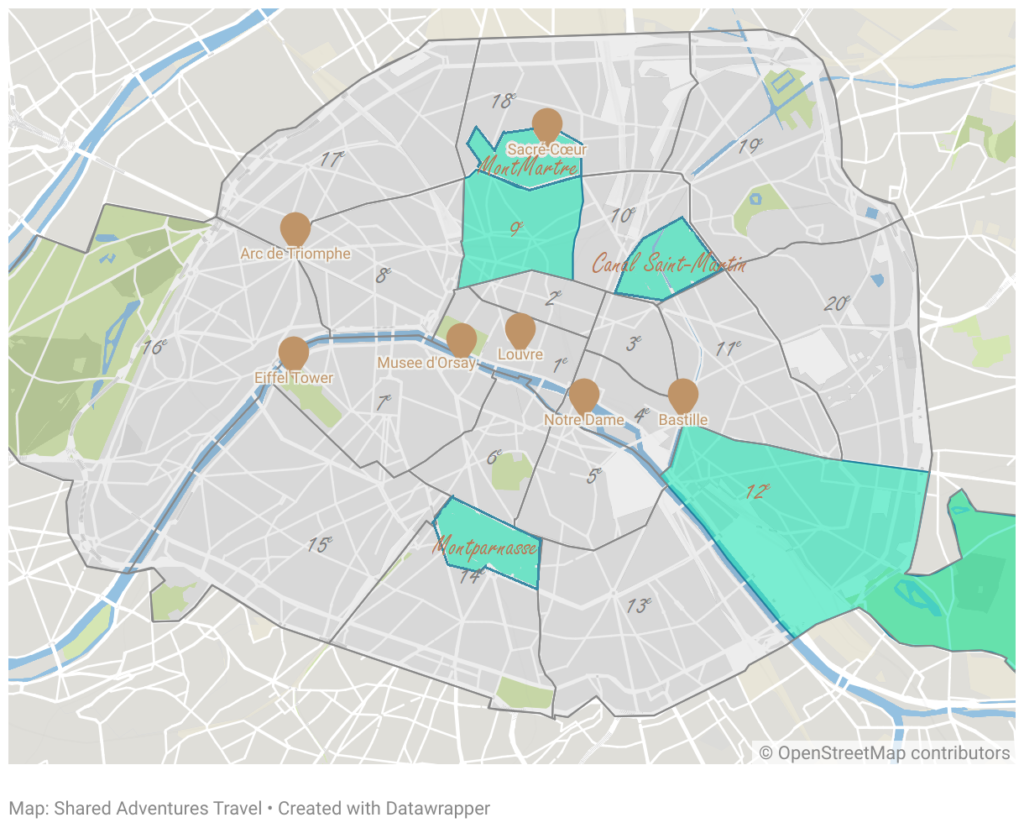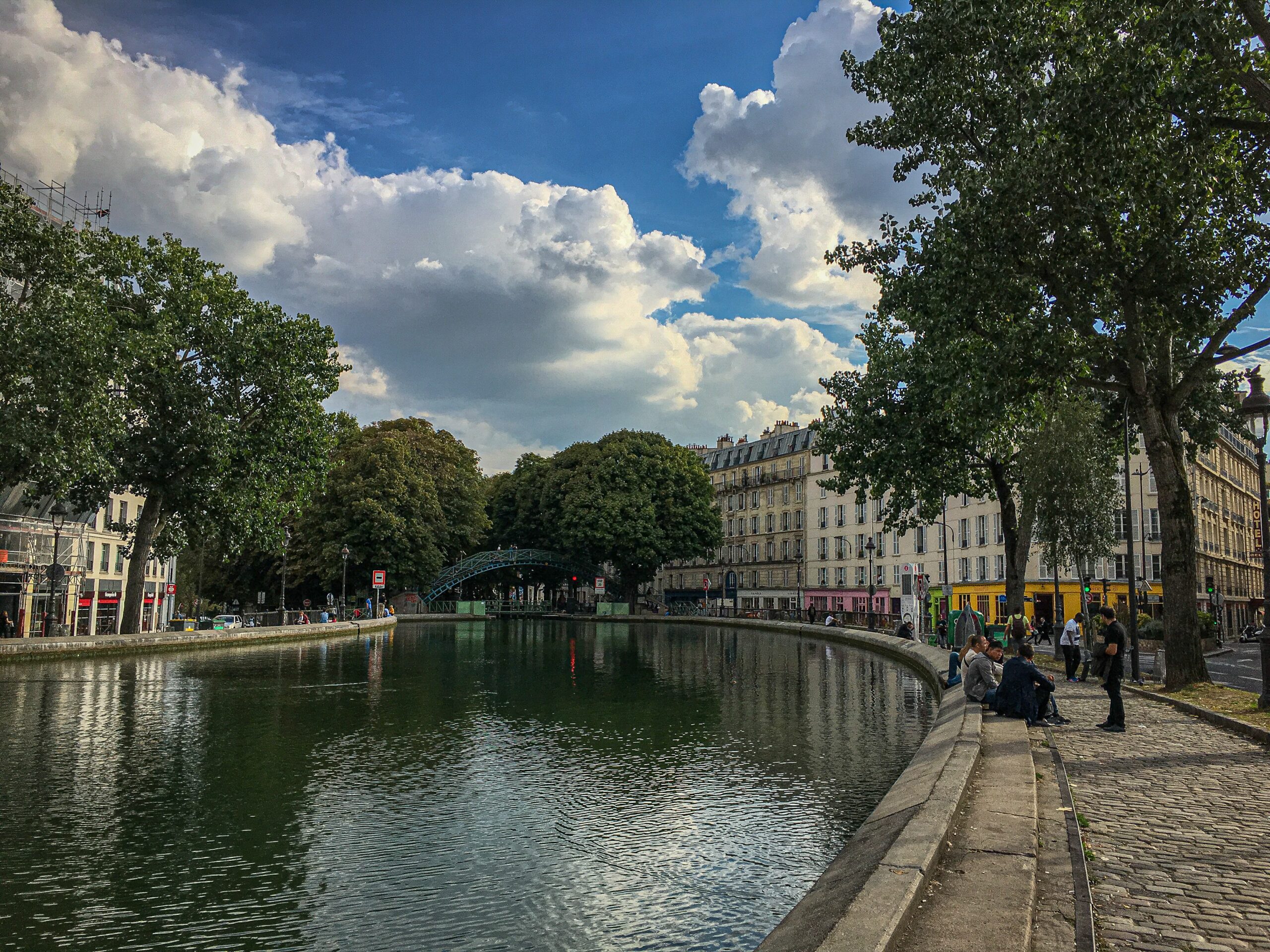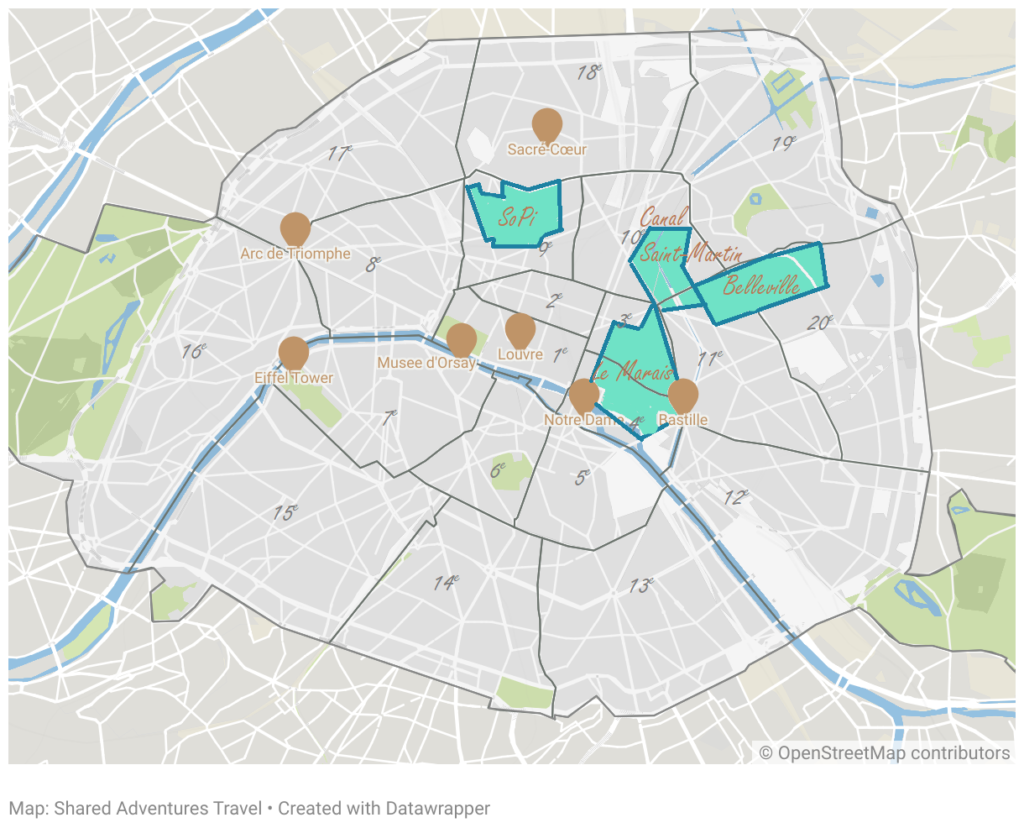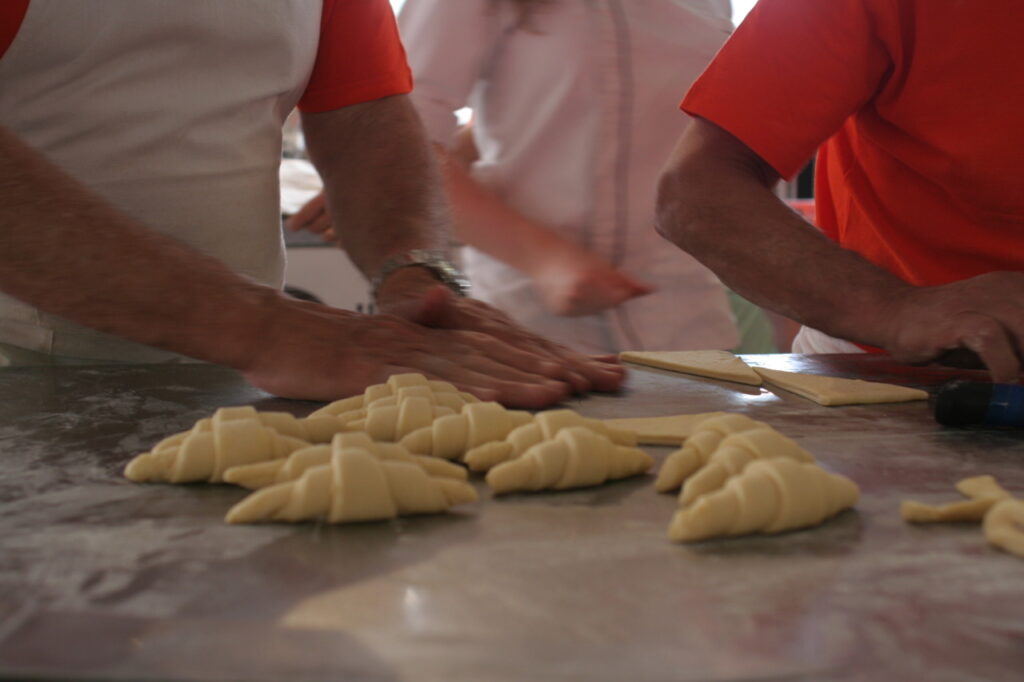If it’s your first or second time traveling to Europe, it’s understandable to want to see it all. The flights are long and it’s difficult to choose just one destination. We always recommend creating balance in your trip and ensuring you have some days in the middle to slow down, relax, and enjoy the local experience. When you’re trying to craft the perfect multi-destination adventure, here are a few more tips to keep in mind to ensure you have the best time.
Choose Locations Which Are Close Together
If you’re going to be moving from place to place – look for destinations that are close together and easy to travel between. Take into account travel time, and find well-connected cities/towns. This will give you more time to enjoy new destinations without spending too much time in transit. Don’t forget to include travel time in your plans. If it takes 4 hours to get from one destination to the next, then that is only a half day you get to spend in the new destination.
Balance Overnight Stays with Day Trips
Moving from place to place isn’t the only way to maximize an adventure. You can stay in the same home base each night and enjoy that city in the evening while taking day trips to nearby locales — giving you the best of both worlds. Look for home bases that offer lots of fun daytrips in the surrounding area.
[Photo Credit: Kendra & Shad via Shared Adventures. Read about their adventure to Portugal here!]
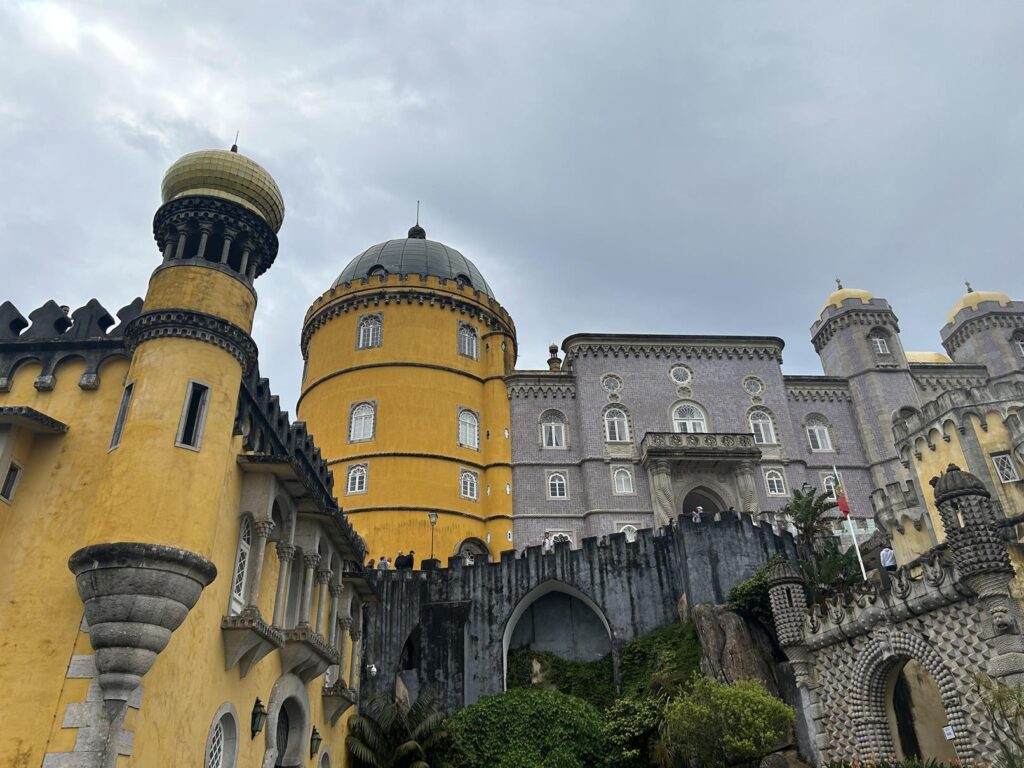
Spend At Least 3 Nights in a Destination
At least 3 days/ nights is what we recommend for almost every city, with very few exceptions. The first night you arrive is always disorienting. You’re getting used to the new destination and learning about your surroundings.

The second night is when you start to settle in. The first culture shock has worn off a little and you can enjoy the sites you’re seeing, maybe find a favorite gelato place or café. You’ll spend the day seeing the major sites and attractions – what the city is known best for.
[Photo Credit: Alicia & Jay via Shared Adventures. Read about their family trip to Greece here!]
Then comes the third day. You have a better sense of where you are and how to navigate the city. You can start to relax and enjoy where you are. Make note of the little things and find a few hidden gems. More time is always better but without three full days, you won’t get a proper taste of a city.
Pack Smart and Travel Light
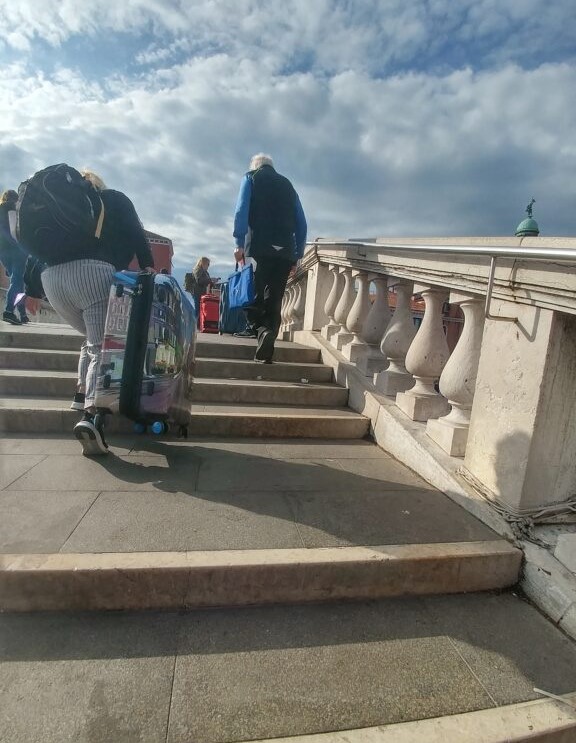
Nothing’s worse than dragging a heavy suitcase from hotel to hotel through Europe. Make sure you pack light. If you have multiple destinations on your itinerary, especially with trains where you’ll need to lift your luggage up a few steps, doing your best to pack lightly will make your trip that much more enjoyable.
[Photo Credit: Liz via Shared Adventures]
Prebook The Key Attractions
To make the most of your time, make sure you pre-book skip-the-line tickets for the major sites and attractions in your destination. This way you avoid waiting in long lines and can make the most effective use of your day. If you want a good overview of the major sites of a city, booking a walking or golf-cart tour is a great way to start your stay.
Traveling Off the Beaten Path Takes Time
Finding local experiences and hidden gems of a city takes time. The longer you spend in one city the more time you have to truly understand the city and explore the unexplored. You’ll enjoy the local culture and local experiences. Although it may not seem like it, sometimes maximizing your travel means visiting a few places more profoundly.
[Photo Credit: Ann via Shared Adventures. Read about her week in Rome here!]

If you’re ready to strike the perfect balance in your multi-destination adventure – let us know! We’ll give you expert advice and help you to plan a customized itinerary that maximizes your experience!
